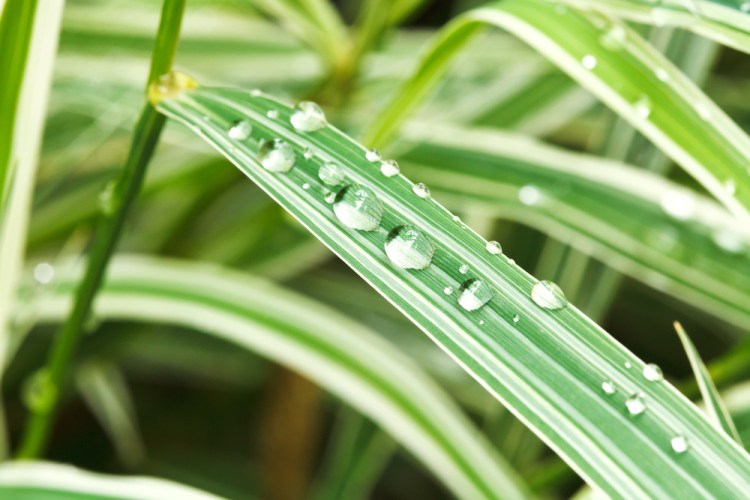The Coastal Maine Botanical Gardens in Boothbay uses sedges throughout the property, partly because there are so many species that can be used in different ways.
“You can pretty much find a sedge for any condition,” said Bill Cullina, president and CEO of the gardens. “They grow in mountaintops and in swamps, on beaches and in the woods.”
One of the most versatile is the Pennsylvania sedge, which despite its name is also native to Maine.
“The nice thing about it is that it’s turf-forming. It will grow in dry soils and takes full sun,” which makes it a good substitute for lawn grass, Cullina said, plus it grows only 6 to 8 inches high. Ergo no mowing.
Actually, you shouldn’t mow any of the sedges, so a homeowner who plants them would need to be comfortable with a tall lawn.
Here are other sedges you can find in the gardens:
• Carex lurida, which is especially pretty when the seed heads come in.
• Carex grayi, which has seed clusters that look a medieval weapon, with spikes protruding from a ball at the end of a stick. This sedge helps stabilize the shore of the botanical garden’s pond.
• Carex muskingumensis, AKA the palm sedge although it is not related to palms. Its leaves whirl up the stem rather than coming entirely from the base. This sedge is native to areas around Ontario and Minnesota.
• Carex platyphylla, a Maine native that thrives in woodlands; it has silver, evergreen leaves. Carex plantaginea is similar but green. Both are shade tolerant.
• Carex morrowii originates in Japan, but easy to find at local nurseries. It is variegated, evergreen and takes sun and part shade.
Send questions/comments to the editors.



Success. Please wait for the page to reload. If the page does not reload within 5 seconds, please refresh the page.
Enter your email and password to access comments.
Hi, to comment on stories you must . This profile is in addition to your subscription and website login.
Already have a commenting profile? .
Invalid username/password.
Please check your email to confirm and complete your registration.
Only subscribers are eligible to post comments. Please subscribe or login first for digital access. Here’s why.
Use the form below to reset your password. When you've submitted your account email, we will send an email with a reset code.